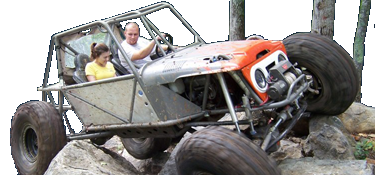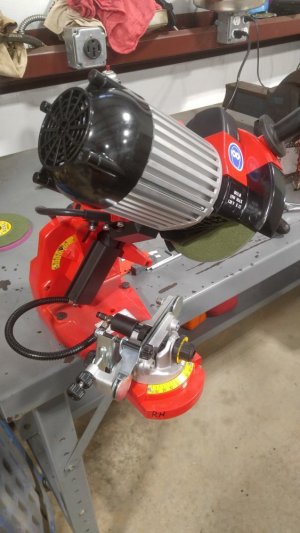WARRIORWELDING
Owner opperator Of WarriorWelding LLC.
- Joined
- Jan 6, 2008
- Location
- Chillin, Hwy 64 Mocksville NC
Looking for feedback on brands of grinders for chainsaw chains.
I've hand filed a plenty. Yes great for tune ups and if you stay on top of the wear. I grew up around a relative who owned and ran a saw sharpening shop. All things wood cutting and sharp.
His grinder was a really nice unit. Oregon I think.
Looking for real world purchase and feed back. Not looking for file advice. I run mine usually til a file is a pain or I get in dirty wood or the dirt......yeah it's about the operator.
Bench mount, no gimicky saw mounted units either.
I've hand filed a plenty. Yes great for tune ups and if you stay on top of the wear. I grew up around a relative who owned and ran a saw sharpening shop. All things wood cutting and sharp.
His grinder was a really nice unit. Oregon I think.
Looking for real world purchase and feed back. Not looking for file advice. I run mine usually til a file is a pain or I get in dirty wood or the dirt......yeah it's about the operator.
Bench mount, no gimicky saw mounted units either.




![20210414_202915[1].jpg](https://img.nc4x4.net/xf/attachments/343/343540-439d141596b2a6f395432349b969d620.jpg)
![20210414_203142[1].jpg](https://img.nc4x4.net/xf/attachments/343/343541-1578f2ccd5bce22138a3574c0429db32.jpg)







